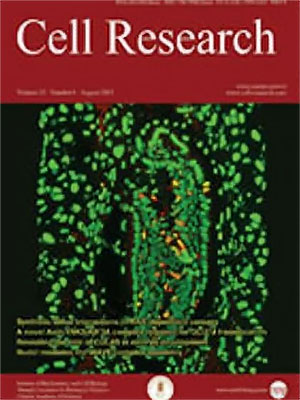Volume 9 Issue 3, September 1999: 237-242
LETTERS TO THE EDITOR
Involvement of gene expressions in apoptosis of vascular endothelial cells induced by rattlesnake venom
MIAO Jun Ying1,*, Satohiko ARAKI2, Yi Ren HAN1, Hiroshi HAYASHI2
1 Institute of Developmental Biology, School of Life Science, Shandong University, Jinan 250100, China
2 Sugashima Marine Biological Laboratory, School of Science, Nagoya University, Toba, Mie, 517 Japan
Correspondence:
Formation of apoptotic bodies is a typical character of apoptotic cell death, but how the processes are controlled is not known. In this study, we compared two apoptosis inducing systems in vascular endothelial cells (VEC). We found that the formation of apoptotic bodies during apoptosis induced by rattlesnake venom, which is an unique and specific apoptosis inducer to vascular endothelial cells, was much faster than that induced by deprivation of survival factors (aFGF and serum). When we blocked the synthesis of mRNAs in cells treated with rattlesnake venom by DRB (5, 6-dichloro-1-b-D-ribofuranosylbenzimidazole), an inhibitor of transcription, the formation of apoptotic bodies was dramatically inhibited. We examined the expression of P
53 gene and found that its expression was much higher in apoptosis induced by rattlesnake venom than that in apoptosis induced by deprivation of aFGF and serum. Our results suggest that gene expression is important and P
53 gene may play a major role in inducing the formation of apoptotic bodies in VEC.
FULL TEXT | PDF
Browse 2421


